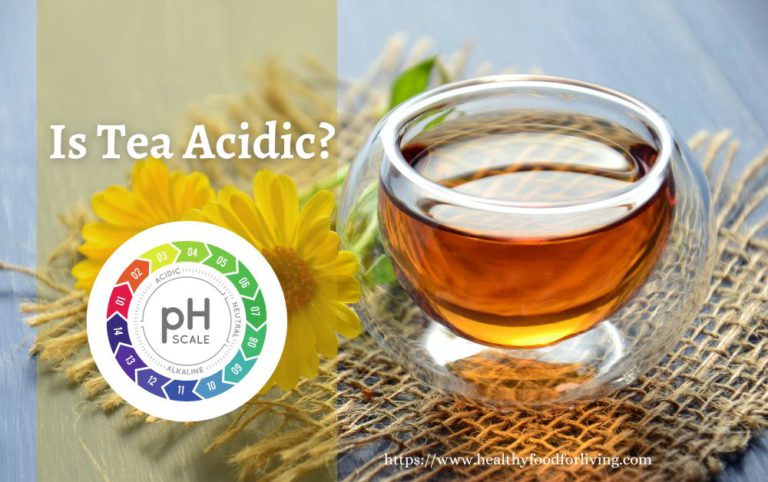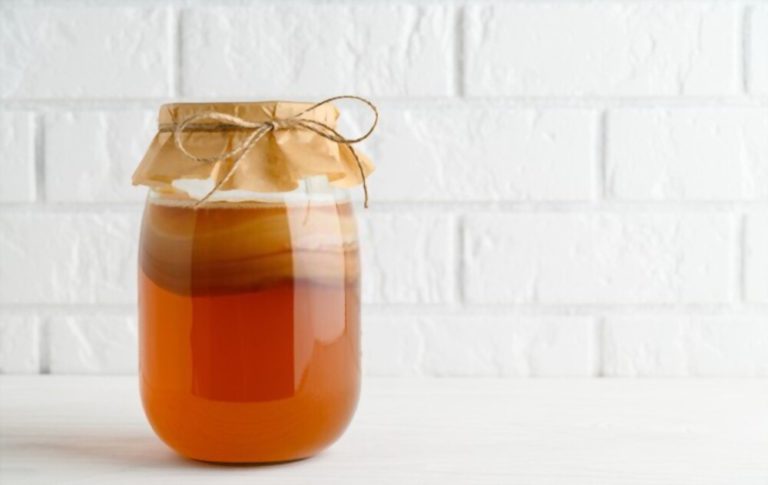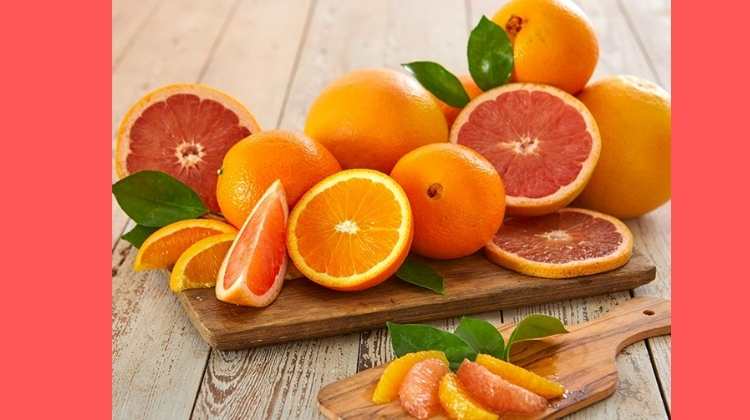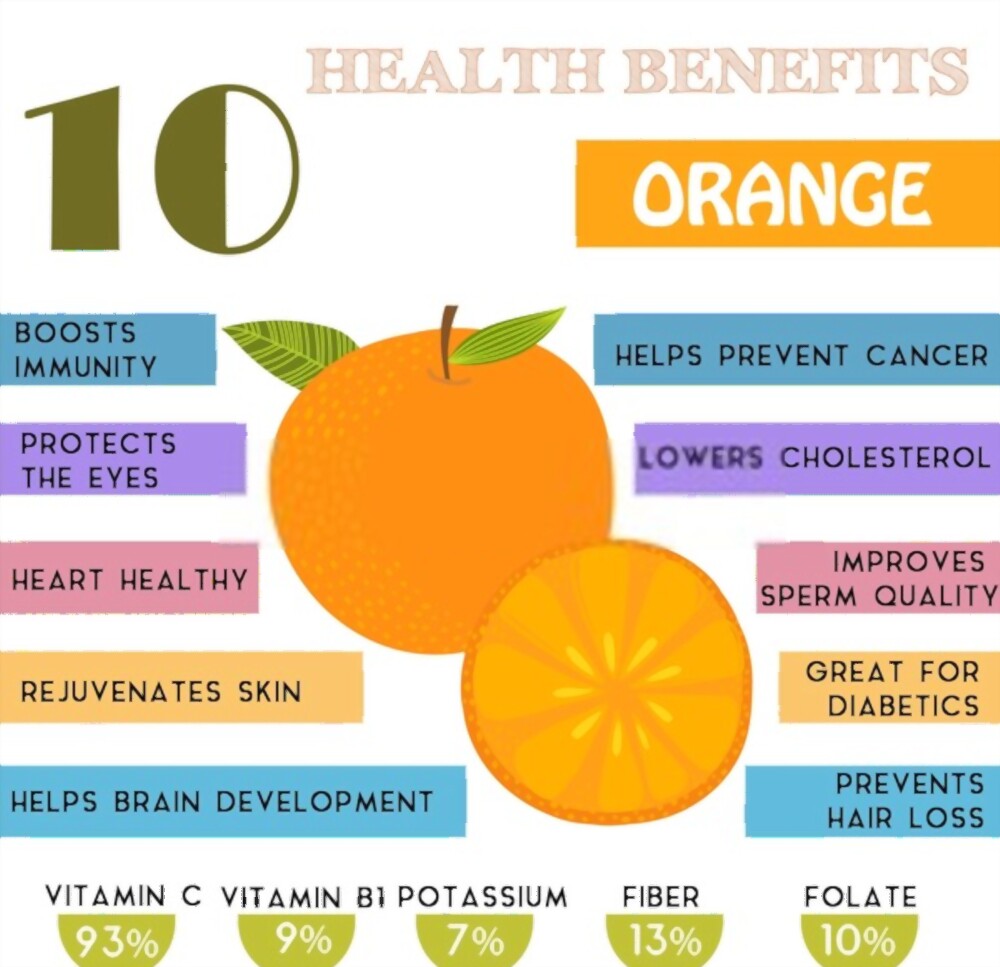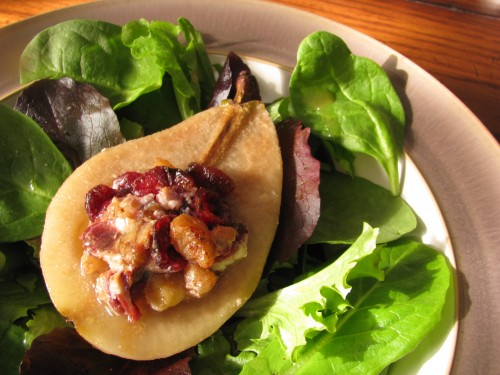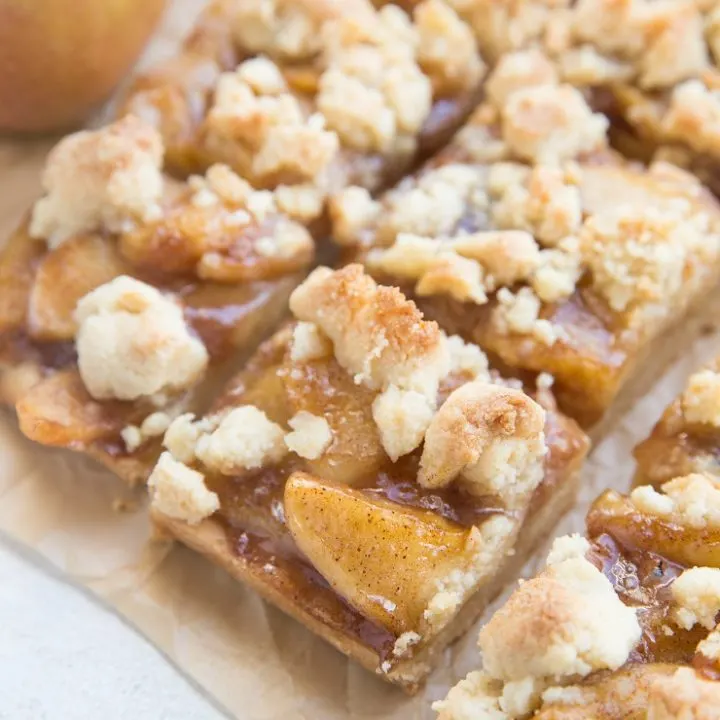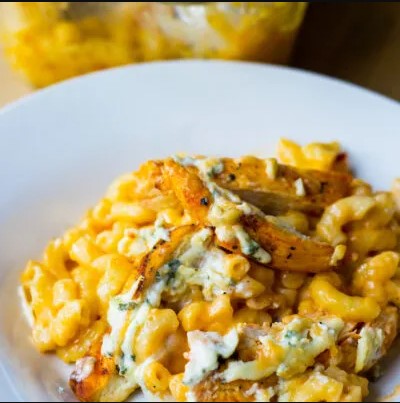Hummus is a mix of chickpeas, sesame paste, olive oil lemon, cumin, and other seasonings. It is a fusion of fat, high protein, and fibers.
Now, the question arises, is hummus fattening?
No, hummus is not fattening itself. If you keep hummus as a balanced food in your diet, then hummus fat will help. Hummus fat helps us to lose weight, especially belly fat. But sometimes we start eating hummus too much. That’s not healthy either.
Want to learn a little extra about it. A whole article is waiting for yo. Just keep on reading.
Is Hummus Fattening?
No. Hummus isn’t fattening. Moreover, hummus helps us to lose weight so much. All you have to do is, consume hummus with balance. A balanced diet of hummus will help you with losing belly fat.

Now, hummus definitely contains a little amount of fat in it. But that doesn’t make hummus fattening. You might think that can you gain weight from eating hummus. Yes. You can gain weight if you consume hummus without a balanced diet.
Just make it a part of your regular food but balanced. With the balanced consumption of hummus, you’ll be able to achieve the benefits.
Types of Fats
There are a few types of fats. And some of them are good fats and some are bad. We’re going to discuss four types of fats. Those are:
Saturated Fats
Saturated fats are considered one of the bad ones. These fats are most of the time solid at room temperature. Foods that have saturated fat inside are:
- Butter
- Cakes
- Biscuits
- Coconut oil
- Sausage and so on
Saturated fats increase LDL cholesterol which is called bad cholesterol. The increased LDL cholesterol can be harmful. This might cause heart disease and brain stroke as well.
Trans Fats
Trans fats are the worst type of fats out there. Trans fats also level up LDL cholesterol. These cause different issues in our hearts and nervous system.
We can get trans fats in:
- Microwave popcorn
- Pizza
- Fried food
- Coffee creamer, and so on.
In addition, trans fats also lead our bodies to two types of diabetes. So, undoubtedly it is the worst fat.
Monounsaturated Fats
Monounsaturated Fats are one of the good types. These fats help us to stay healthy. Monounsaturated fats might help us with weight loss too. They also help with heart diseases if taken with a balanced diet.
We can find monounsaturated fats in:
- Olive oil, peanut oil, canola oil
- Avocado
- Almonds, pecan, hazelnuts
- Pumpkin, sunflower, and sesame seeds
Polyunsaturated Fats
Polyunsaturated Fats are also good fats. These help to lower the cholesterol levels in our blood. Our body cells are developed and maintained by this fat.
Polyunsaturated fats are easily found in:
- Sunflower and soya oil
- Flaxseeds
- Fish
Hummus Fat: Good or Bad?
Hummus contains monounsaturated and polyunsaturated fats both. These two are the good ones from fats.
Because of the good fats, it’s not harmful to consume hummus. Moreover, hummus helps with cardiovascular diseases. It decreases LDL cholesterol and increases HDL cholesterol. Your nervous system will be cleaned as well.
So, the fats contained in hummus are good ones.
Is Hummus Nutritious?
Yes, hummus is very nutritious. Hummus contains a lot of important nutrients which are important for human health.
Sometimes you might think Is it okay to eat hummus every day? Yes. It is completely okay to have hummus every day. All you have to do is make your consumption wrapped up in a balanced routine.
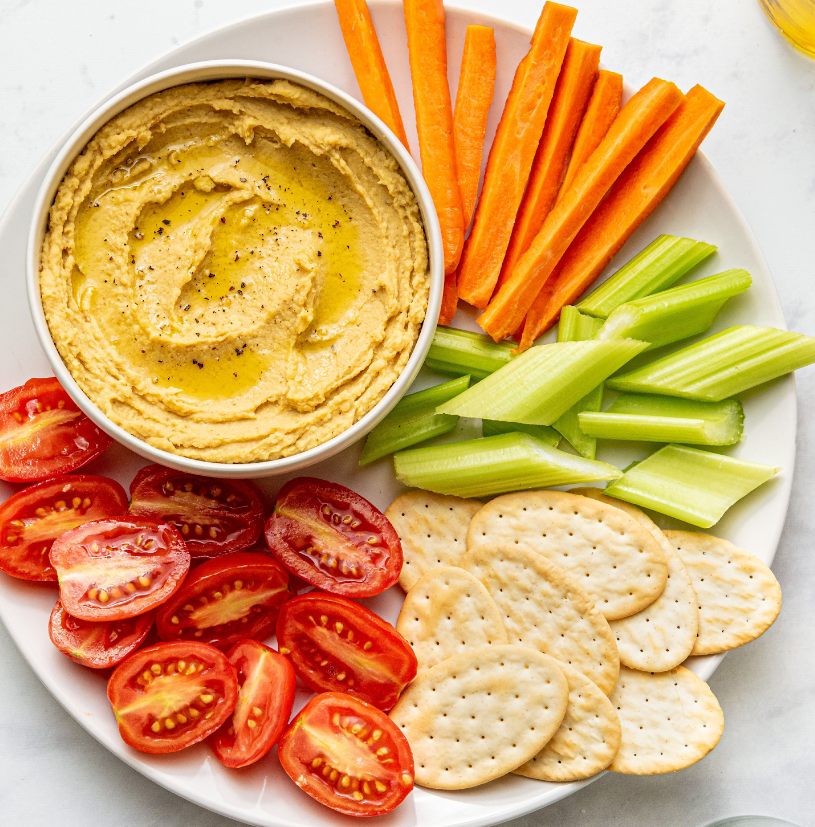
The nutrient chart of 100gm hummus is:
| Nutrients | Amount/Percentage |
| Calories | 214 gm |
| Protein | 10.71 gm |
| Fat | 8.93 gm |
| Carbohydrates | 28.57 gm |
| Fiber | 7.1 gm |
| Sugar | 3.57 gm |
| Calcium | 71 mg |
| Iron | 2.57 gm |
| Sodium | 607 mg |
We hope that you’ll select the perfect amount of hummus for your diet.
Core Benefits of Consuming Hummus
Hummus is an essential source of vitamins and minerals. It contains a lot of benefits. The core benefits of consuming hummus are:
Benefit 1: Helps to Fight Inflammation
Inflammation is a process where the body is protected from infections, injury, and so on.
Sometimes inflammation crosses its limits in our bodies. Too much inflammation leads to chronic inflammation. It isn’t good for the health.
Hummus helps our bodies to fight chronic inflammation. Hummus has olive oil inside. Olive oil carries a lot of antioxidants. Antioxidants fight inflammation. Besides, chickpeas also help with inflammation.
Benefit 2: Helps With Digestive Procedures
Hummus is filled with good sources of fibers. Fibers are very important for our digestive systems.
Now, this is most of our concern does hummus make you poop? Yes. Hummus helps us to make poop regularly.
With fiber, you can keep your digestion process smooth and clean. Your body will digest food quickly. And you’ll definitely have a clean stomach.
Benefit 3: Maintains Blood Sugar Levels
Hummus maintains our blood sugar levels. The Chickpeas from hummus are low in glycemic index. The glycemic index is a scale to measure blood sugar levels.
Foods which contain a high glycemic index are easily digested and absorbed. And they also lower the level of blood sugar noticeably.
But foods which are low in glycemic index, are slowly digested and absorbed. And they keep blood sugar levels balanced.

Benefit 4: Reduces Heart Diseases
Hummus helps to reduce heart diseases. It is filled with soluble fibers. These fibers help to lower LDL cholesterol which lowers heart diseases.
Chickpeas are one of the main components of hummus. They prevent heart diseases from happening due to fibers.
Traditional hummus recipes are made with olive oil. Olive oil increases HDL cholesterol. HDL cholesterol helps the heart healthy and smooth.
Benefit 5: Helps In Weight Management
Now, we all have this question in mind, is hummus good for losing weight? Yes. Hummus is very good for weight loss.
Hummus puts an impact on weight loss and weight management. Hummus is high in protein. High protein helps us to maintain weight easily. This will also lower the BMI level.
You might also think how much hummus can I eat a day? You can eat two tablespoons of hummus a day. That’ll make your diet proper and healthy.
Also, hummus will prevent us from overeating and extra cravings from food. The high fibres will stop overeating which will help to lose weight. Hummus makes sure that the sugar level of blood is balanced as well.
Benefit 6: Prevents Anaemia
Hummus also helps in the prevention of anaemia.
Hummus is high in iron. Iron helps our red blood cells be healthy. The haemoglobin level of our blood stays perfect. So, the chances of getting anaemia get lower.
Benefit 7: Makes Bones and Muscles Stronger
Hummus is contained high protein and fibers. High protein and fibers are important for our bodies. These help our muscles to grow and strengthen the muscles.
However, hummus has some minerals as well, which keep our bones stronger. The minerals are:
- Calcium
- Zinc
- Copper
- Phosphorus
- Magnesium
- Solium
Benefit 8: Prevents Cancer
Hummus helps in the prevention of cancer. Foods which contain high fibers and folate helps to prevent cancer. High fibers and folate help the cell division to be healthy and systematic.
Hummus also contains phytic acid and saponins. These components prevent cancerous cell growth.
These all are the core benefits of consuming hummus. Hummus can be very healthy. You can have hummus regularly with a healthy amount in your diet.
Hummus for Pregnant Women
Hummus is totally safe for pregnant women. Hummus has a lot of health benefits we’ve already discussed. Hummus is also contained folic acid. Folic acid is required for pregnant women.

Folic acid makes sure that the baby in the womb is healthy. And the baby doesn’t develop any kind of diseases related to spinal cords or brains.
So, pregnant women should include a healthy amount of hummus in their diet.
FAQs
Does Hummus Go Bad In the Fridge?
No, hummus doesn’t go bad in the fridge. But obviously, you can’t store hummus like forever. Homemade hummus will last for like 3-4 days maximum. And if you buy hummus from stored, they’ll last for a maximum of a week. Hummus is required to store in cool places as well.
What Is the Healthiest Thing to Eat With Hummus?
Hummus is a nutritious dip for carrots, fresh cucumbers, and bell peppers, as you probably know. But some other healthy things you can choose are
- Sugar snaps peas
- Sweet potatoes
- Cauliflower
- Radish slice
- Asparagus
Can Diabetics Eat Hummus?
Yes, diabetics can eat hummus. One of the greatest diabetic snacks available is hummus. Additionally, hummus is a rich source of protein, monounsaturated fats, vitamins, and minerals. But still, hummus has a very low glycemic index.
Conclusion
We hope that you’ve got your answer on is hummus fattening. Hummus can be a healthy part of your everyday diet.
Hummus is efficient for people with cholesterol, diabetes, cardiovascular diseases, and so on. You can even try different yummy recipes with hummus.
We really hope that this article helped you and your knowledge about hummus. Have a healthy life and make hummus a part of your daily diet!


